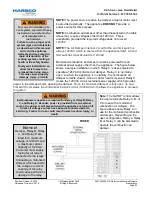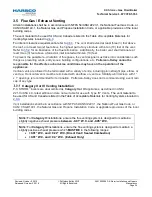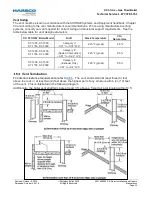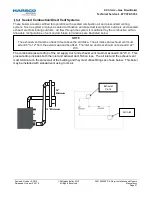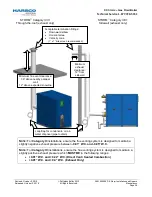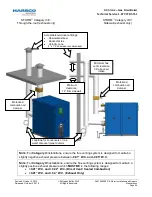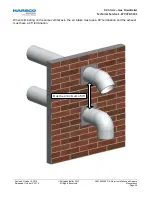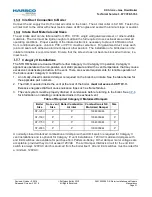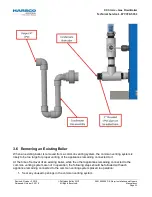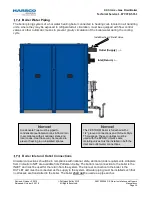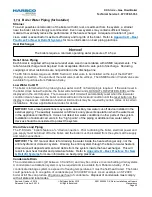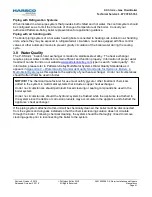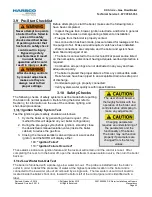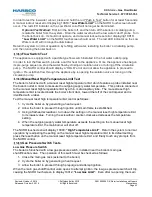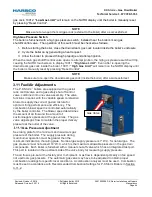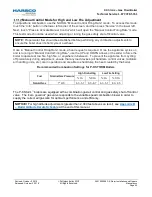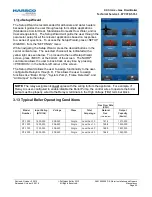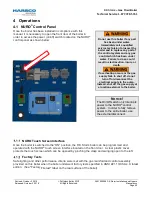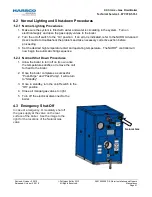
P-K Storm
TM
Gas Fired Boiler
Technical Service 1.877.728.5351
Revised: October 2, 2019
Released: October 2, 2019
Patterson-Kelley 2019
All Rights Reserved.
2691000099 P-K Storm Installation and Owners
Manual.docx
Page 36
2. Visually inspect the venting system for proper size and horizontal pitch and determine that there
is no blockage or restriction, leakage, corrosion or other deficiency which could cause an unsafe
condition.
3. Insofar as is practical, close all building doors and windows and all doors between the space in
which the appliance remaining connected to the common venting system are located and other
spaces of the building. Turn on clothes dryers and any appliances not connected to the
common venting system. Turn on any exhaust fans, such as range hoods and bathroom
exhausts, so they will operate at maximum speed. Do not operate a summer exhaust fan.
Close fireplace dampers.
4. Place the appliance being inspected in operation.
Follow the lighting instructions. Adjust the thermostat
so that the appliance will operate continuously.
5. Test for spillage at the draft hood relief opening after 5
minutes of main burner operation. Use the flame of a
match or candle or smoke from a cigarette, cigar or
pipe.
6. After it has been determined that each appliance
remaining connected to the common venting system
properly vents when tested as outlined above, return
doors, windows, exhaust fans, fireplace dampers and
any other gas-burning appliance to their previous
conditions of use.
Any improper operation of the common venting system should
be corrected so the installation conforms to the National Fuel
Gas Code, ANSI Z223.1 and CSA B149 Installation Code.
When resizing any portion of the common venting system, the
common vent system should be resized to approach the
minimum size as determined using the appropriate tables in part
11 of the National Fuel Gas Code, ANSI Z223.1/NFPA 54 and/or
CAN/CSA B149.1 Natural Gas and Propane Installation Code.
See Pipe Capacity for Natural Gas
& Propane Gas charts on the
following pages for required pipe
size, based on overall length of
pipe from the meter plus equivalent
length of all fittings. Approximate
sizing may be based on 1 cubic
foot of natural gas per 1,000 Btu/Hr
input, i.e., 3,000,000 Btu/Hr
requires about 3,000 cubic feet per
hour.
All threaded connections must be
made using a pipe compound
that is resistant to the action of
liquefied petroleum gases. Do
not use Teflon tape on gas line
threads!


